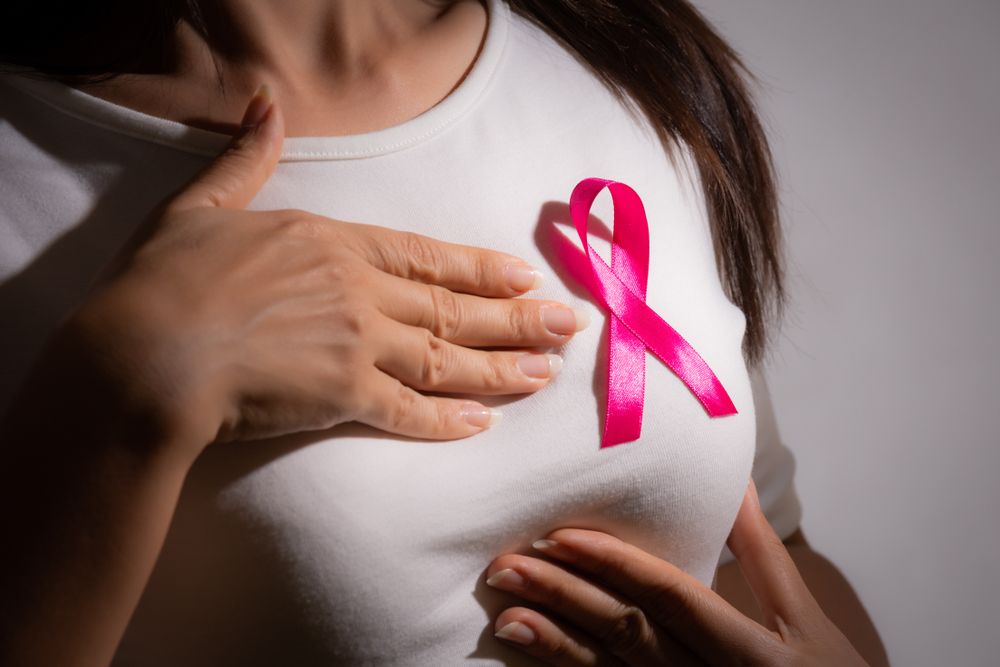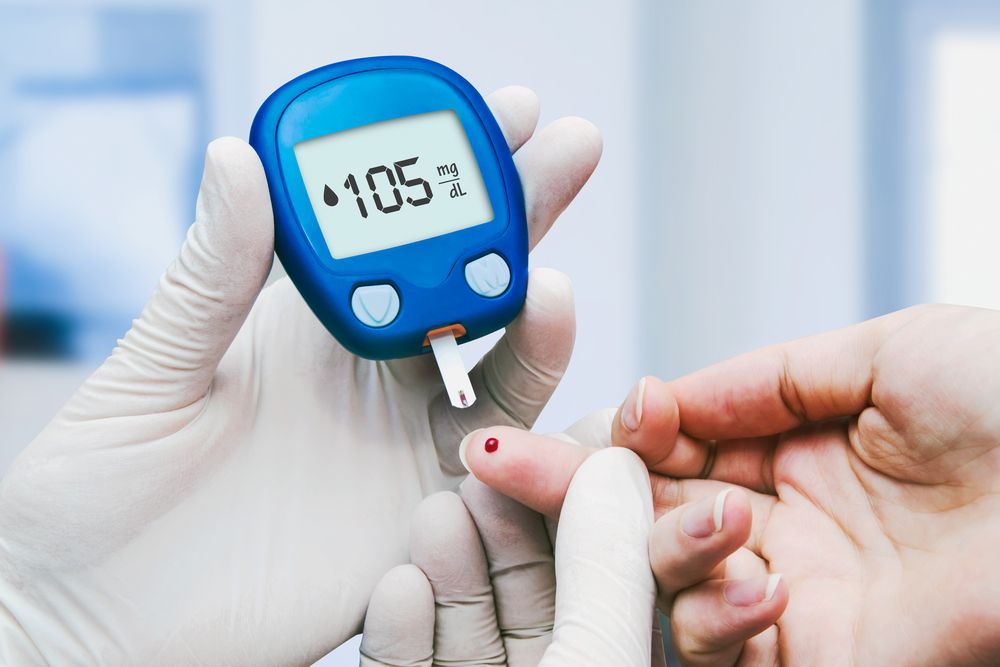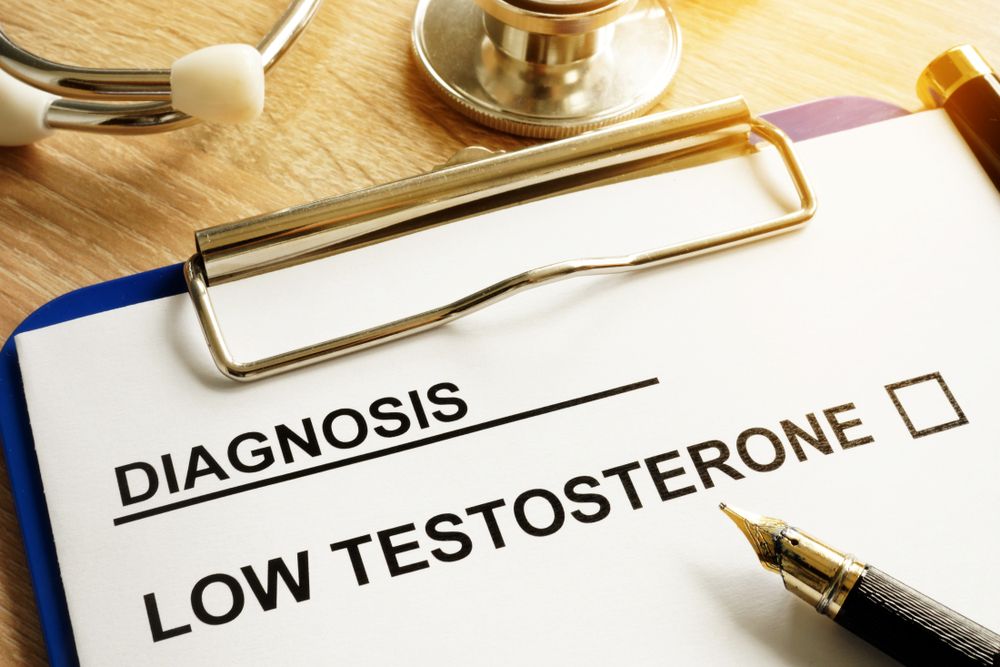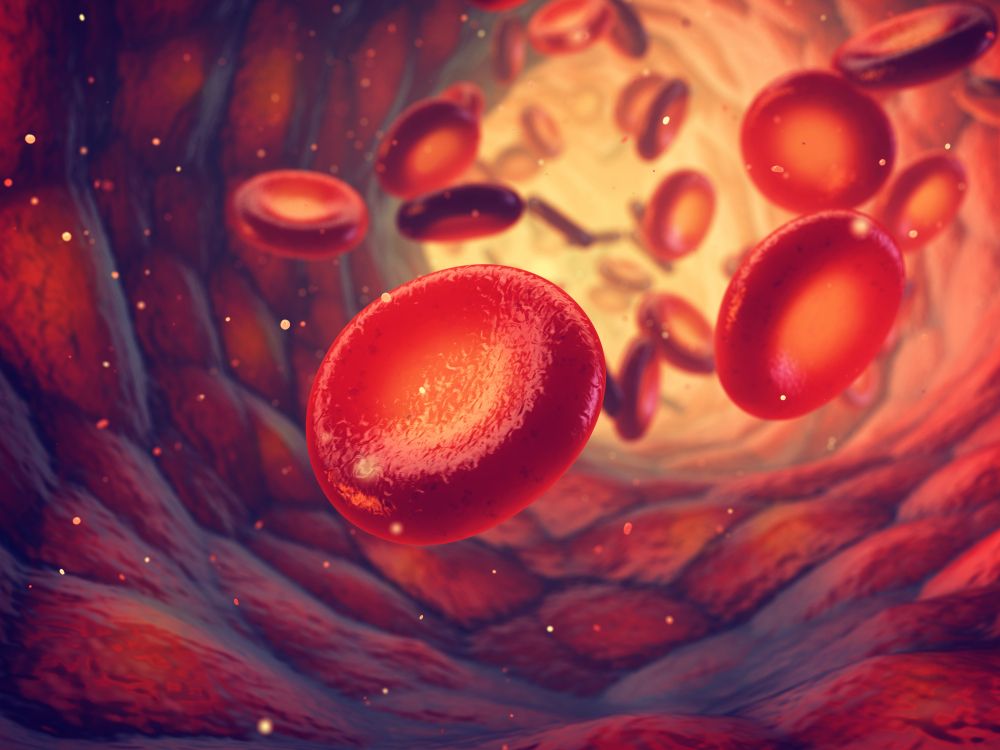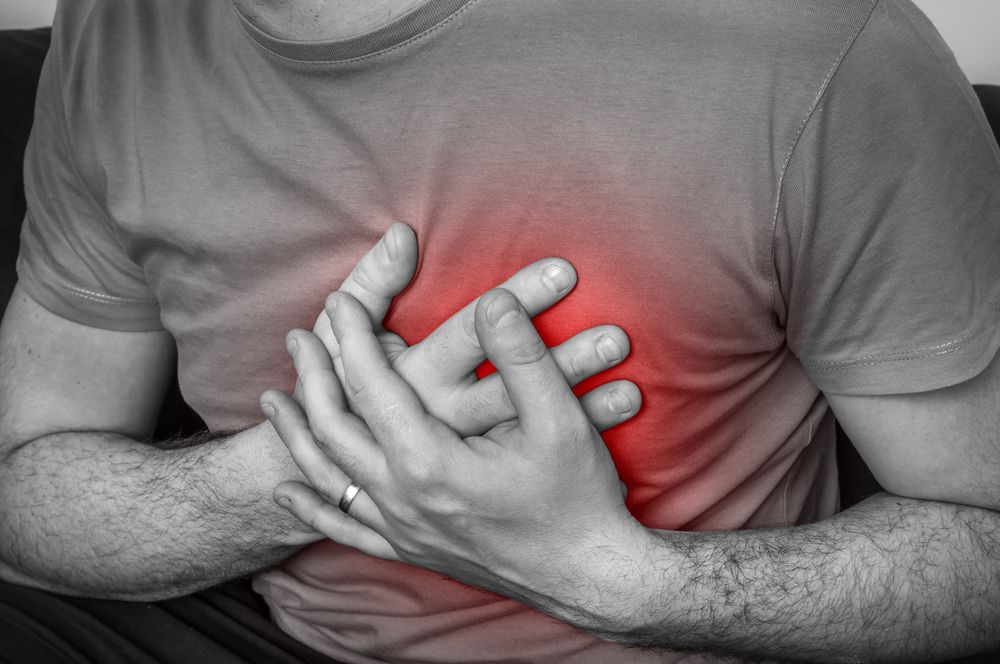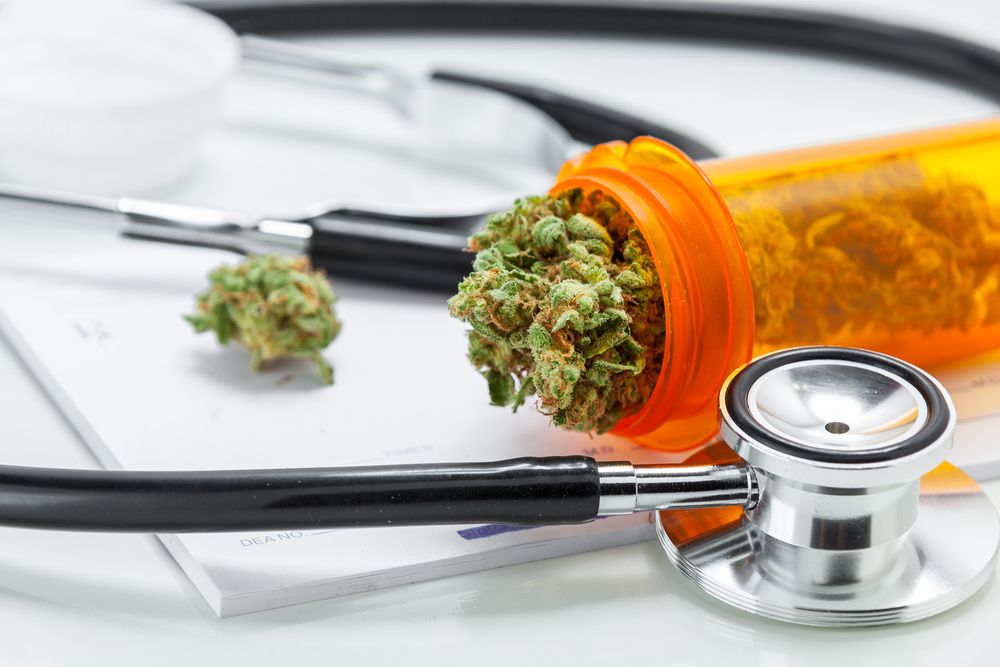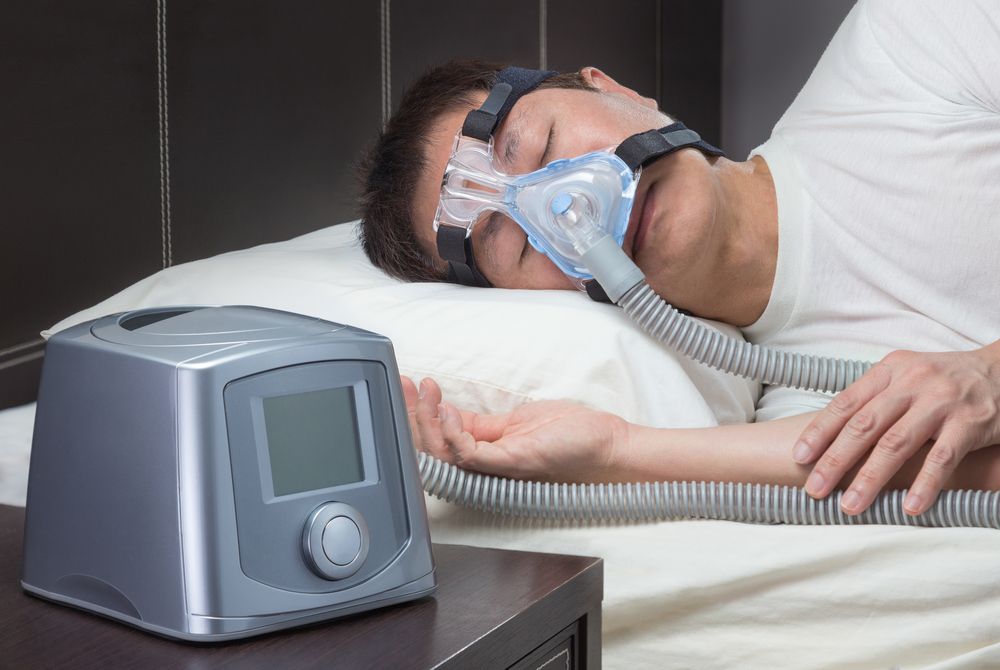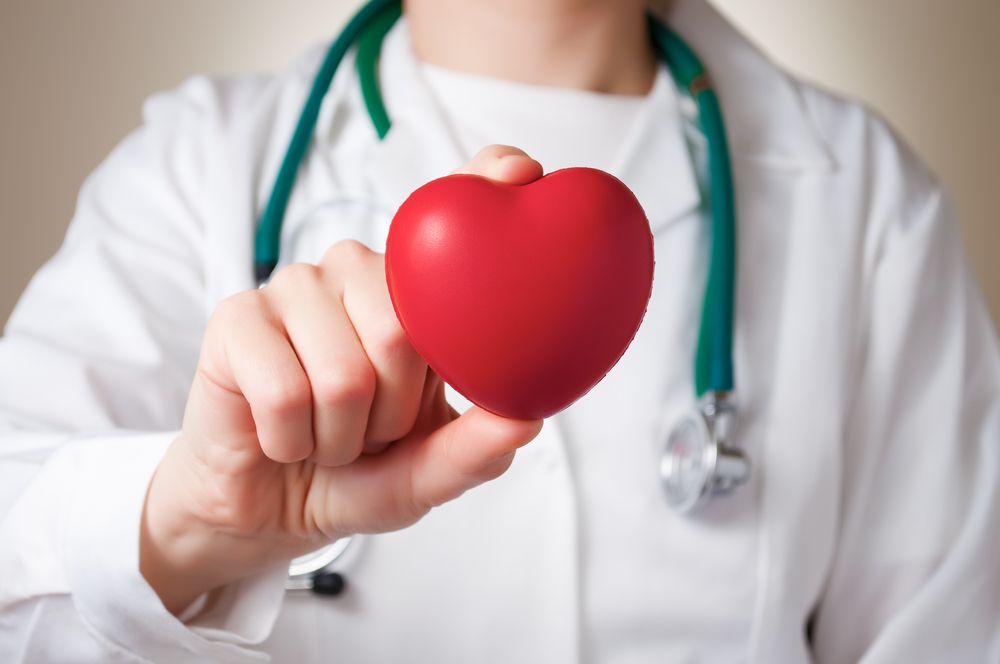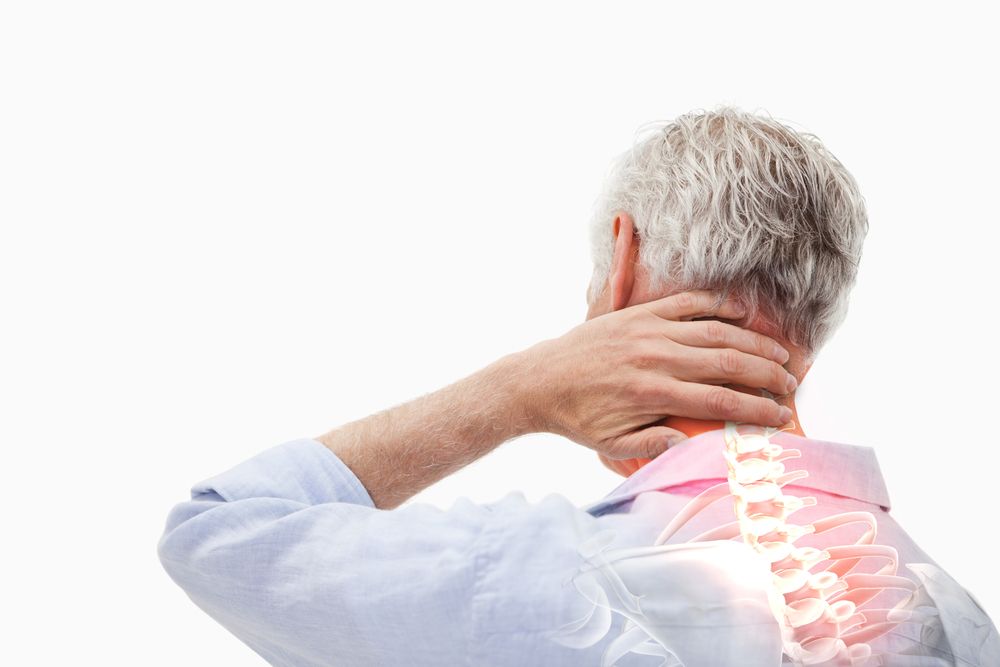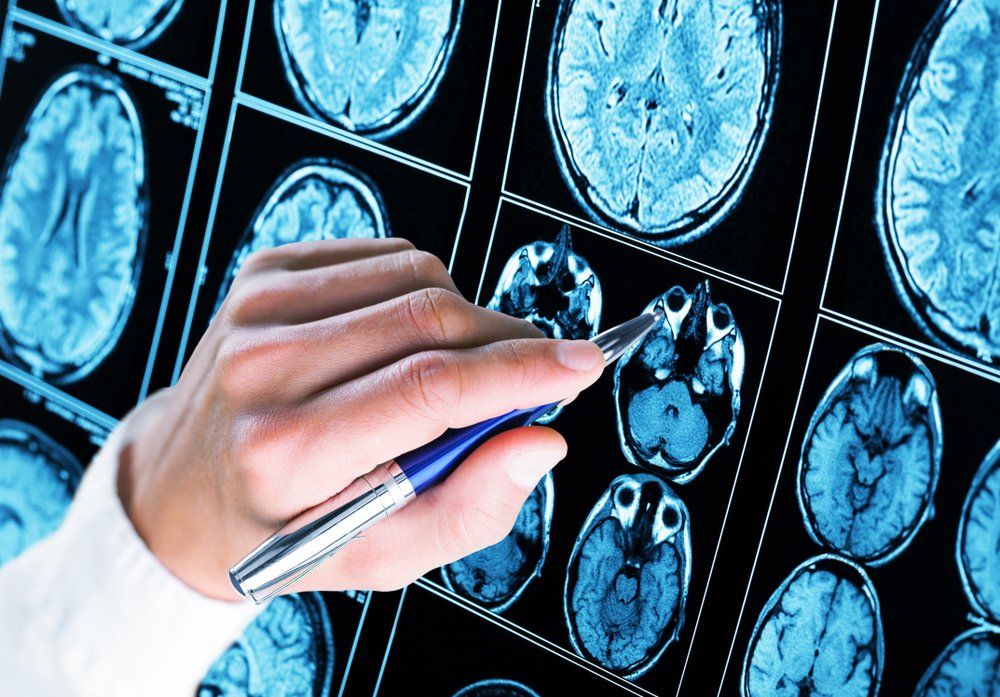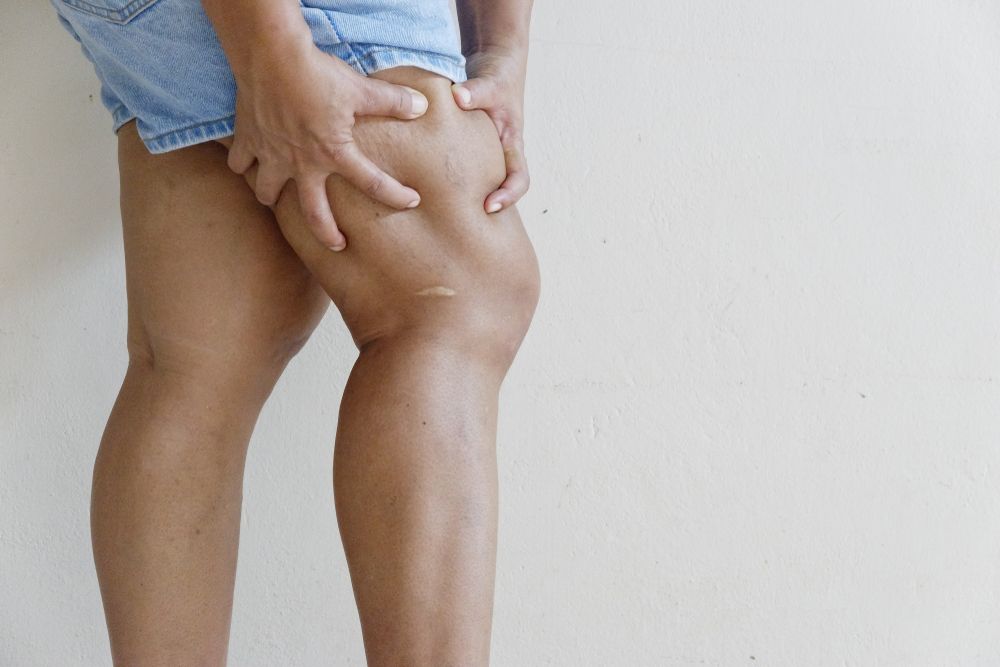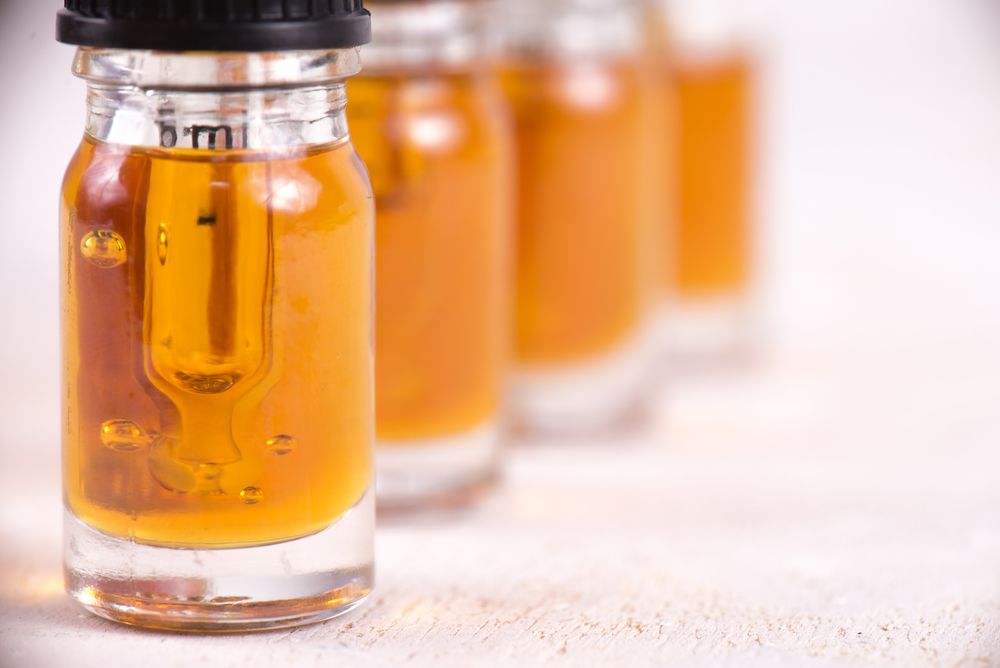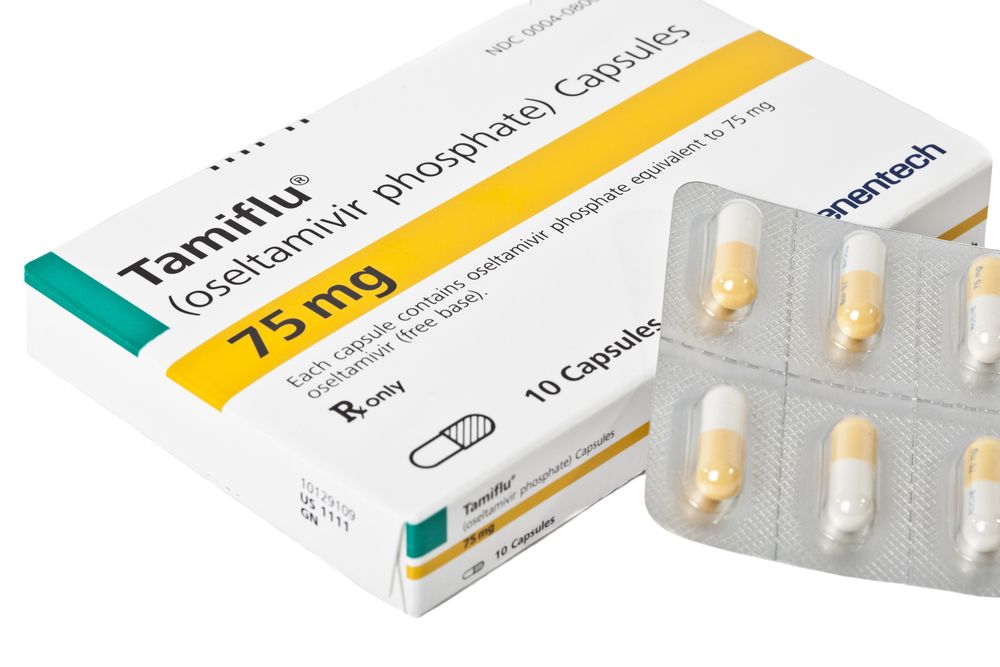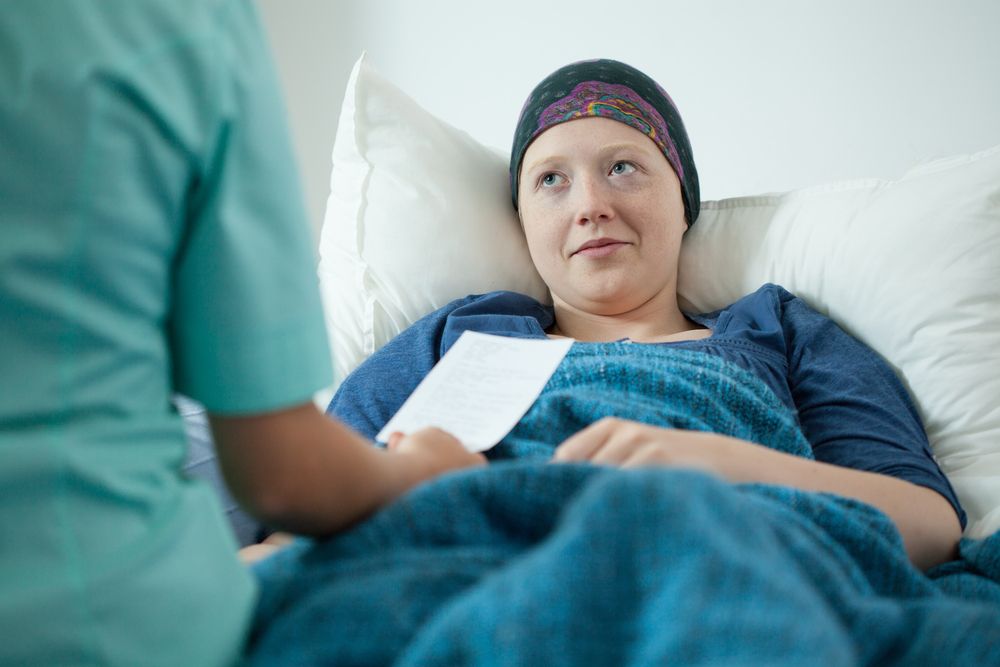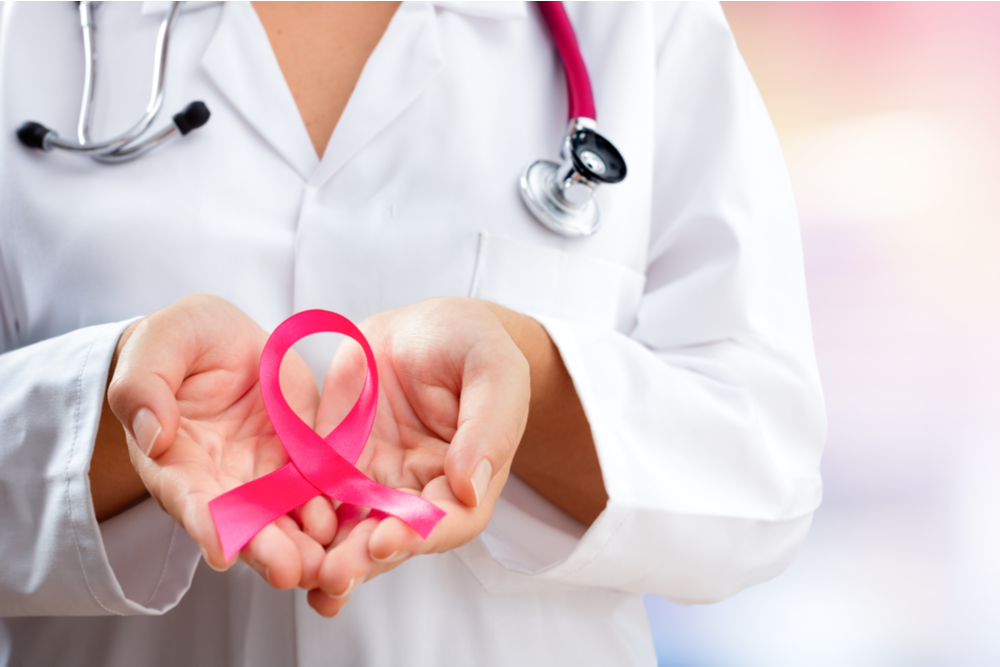In women, breast cancer is the second most common cancer diagnosis in the United States after skin cancer. Breast cancer can also occur in men, though it is not as common.
Breast cancer stems from breast cells growing at a frantic pace. It can spread to the rest of the body if it is not treated. (Learn More: Breast Cancer: An Overview)
Research has improved treatments for breast cancer. People who catch it early often have a good long-term outlook. (Learn More: Breast Cancer Treatments)
Not all treatment methods require surgery. The recommended treatment approach will vary, depending on the stage of cancer at the time of diagnosis. (Learn More: Stages of Breast Cancer)
Breast Cancer: An Overview
Breast cancer is a disease that begins with breast cells multiplying at an atypically fast rate. The breast consists of three parts: connective tissue, lobules, and ducts.
There are two common kinds of breast cancer.
- Invasive lobular carcinoma: Cancer starts in the lobules, the part of the breast that produces milk. It can also affect the rest of the breast.
- Invasive ductal carcinoma: Cancer growth starts at the ducts that carry milk from the breast to the nipple.
There are other types of breast cancer.
- Male breast cancer: Though it’s more common in older men, younger men can also develop breast cancer. Symptoms include discharge from the nipple; changes to the skin on the breast, such as scaling, redness or thickening; nipples that turn inward; or a lump on the breast.
- Paget’s disease of the breast: This cancer is rare and restricted to the nipple and areola (skin surrounding the nipple). Symptoms include yellow or bloody nipple discharge; a flattened nipple; redness, itchiness, or flakiness of the areola and nipple; and crusty, thickened, or flaky skin around the nipple.
- Inflammatory breast cancer: One of the rarer types of cancer, this causes the breast to turn red in color and swell. The breast becomes tender to the touch and does not usually feature a lump.
This type is usually diagnosed later than other types of cancer. It is important to visit your doctor if you notice sudden changes to the skin on the breast; a nipple that turns inward or becomes flat; or swollen lymph nodes near the armpit or collarbone.
- Lobular carcinoma in situ (LCIS): This is not a cancer, but it raises your risk of developing breast cancer. It has no symptoms and means your lobules (the part of the breast that produces milk) contain abnormal cells.
- Ductal carcinoma in situ (DCIS): Considered a pre-cancer, DCIS occurs when the cells in the ducts of the breast are cancerous, but have not spread beyond the walls of ducts to the rest of the breast.
- Recurrent breast cancer: This occurs when certain cancer cells were not removed during initial treatment of breast cancer. Cancer can sometimes reappear exactly where it first occurred (local recurrence) or in another part of the body (distant recurrence). You may notice symptoms like discharge from the nipple, changes to the skin, and swollen skin or redness.
- Angiosarcoma: This is a rare cancer that starts in the lymph or blood vessels. It can occur in body parts that have received radiation therapy in the past. Frequent symptoms are lesions that look like bruises; a bruise-like lesion that gets bigger; scratching and bleeding at the site of the lesion; or skin inflammation near a lesion.
Breast cancer can also spread to the rest of the body. This is called metastasis.
Diagnosis of Breast Cancer
There are several tools used to diagnose breast cancer.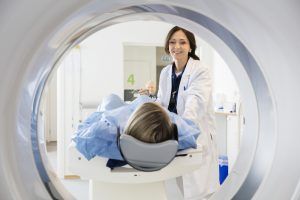
- Biopsy: A small amount of tissue or fluid is removed, so it can be looked at through a microscope and tested. There are several kinds of biopsies: open biopsy, core biopsy, and fine-needle aspiration.
- Breast ultrasound: This involves a machine that takes sonograms, or comprehensive pictures using sound waves, of the breast.
- Magnetic resonance imaging (MRI): A magnet connected to a computer takes detailed images of the breast.
- Diagnostic mammogram: This comprehensive breast x-ray can provide more details if you have a lump on your breast.
Stages of Breast Cancer
Doctors categorize breast cancer into stages so they can best determine how to treat it.
- Stage 0: Cancer cells have formed in the milk ducts and have not begun to affect the rest of the breast. This is also called duct carcinoma in situ (DCIS) or noninvasive breast cancer.
- Stage 1: This is an early stage breast cancer
-
- 1A: In this stage, the primary tumor is 2 centimeters in size or less. Lymph nodes have not yet been affected.
-
- 1B: The lymph nodes have been affected, but no tumor is present, or the tumor may be smaller than 2 centimeters.
- 1B: The lymph nodes have been affected, but no tumor is present, or the tumor may be smaller than 2 centimeters.
- Stage 2: This represents a progression of breast cancer.
-
- 2A: A tumor is present that is 2 centimeters or smaller, and it has affected one to three lymph nodes nearby. The tumor may also be 2 to 5 centimeters in size, but it has not affected lymph nodes.
-
- 2B: A tumor between 2 and 5 centimeters is present, and it has already affected one to three lymph nodes. It may also be about 5 centimeters without affecting other lymph nodes.
- 2B: A tumor between 2 and 5 centimeters is present, and it has already affected one to three lymph nodes. It may also be about 5 centimeters without affecting other lymph nodes.
- Stage 3: It is common for inflammatory breast cancer (IBC) to be diagnosed at this stage because it does not contain the typical tumors associated with cancer.
-
- 3A: A primary tumor can differ in size, and the cancer has already affected four to nine lymph nodes in the armpit. Tumors can be larger than 5 centimeters, and cancer cells may be present in the lymph nodes. A tumor can also be larger than 5 centimeters and have an effect on the breastbone nodes or one to three armpit nodes.
- 3B: Instead of impacting up to nine lymph nodes, breast cancer has affected the chest wall or skin.
- 3C: Up to 10 lymph nodes may have been affected, including the mammary and/or internal mammary nodes.

- Stage 4: At this point, the cancer has spread (metastasized) to other parts of the body. The common places where breast cancer spreads are the liver, brain, bones, and lungs.
Breast Cancer Treatments
You will need one, or a combination, of these treatments to treat breast cancer.
- Surgery: This is an option for stages 1 to 4 of breast cancer. It may involve a mastectomy or lumpectomy.
- A mastectomy removes the breast to treat cancer.
- A lumpectomy removes the tumor and affected tissue while attempting to maintain the breast’s original shape.
- Radiation therapy: Often performed along with surgery or chemotherapy to treat cancer, radiation uses concentrated beams of radiation to rid the body of cancer cells before or after surgery, or to reduce a tumor’s size.
- Chemotherapy: Often used in combination with surgery, radiation, or hormone therapy, chemotherapy uses drugs to get rid of cancer cells. It may help you live longer, improve your symptoms, and lessen the likelihood that your cancer will reappear.
Side effects include hair loss, changes to your nails, mouth sores, diarrhea, constipation, decrease in appetite, fatigue, and problems with concentration and memory.
- Hormone therapy: Cancers affected by hormones can be treated via hormone therapy that addresses all cells in the body. Different medications assist with this.
- Letrozole (Femara): Letrozole treats cancer in women who are no longer menstruating. Hormones in women change after menstruation stops, and this makes breast cancers grow faster. The medication is meant to counteract the effects of these hormones. It is only available via prescription.
- Letrozole is typically used for women who have used the medication Tamoxifen for five years and have already had surgery or other treatments for cancer. It belongs to a class of drugs called nonsteroidal aromatase inhibitors.
- The medication is typically taken once per day by mouth, with or without food. Take it as instructed, and continue to take it even if you still feel unwell. Talk to your doctor if you want to stop taking Letrozole. Patients who take Letrozole may have to do so for several years.
- Reported side effects are weight changes, fatigue, vomiting, nausea, hot flashes, vaginal irritation or bleeding, pain in the breasts, dizziness, and swelling in the legs, feet, hands, or ankles. Talk to your doctor if you experience a rash, problems with speech, strong headaches, or yellowness in the eyes or skin.
- Tamoxifen: Known as an anti-estrogen, this medication is taken by men and women with breast cancer who may have received surgery, radiation, or other treatments. It is used to reduce cancer risk for those with DCIS (ductal carcinoma in situ). It can also cause women to ovulate if they want to become pregnant but are unable to ovulate on their own.
Patients may also receive a prescription for Tamoxifen to decrease their breast cancer risk. They will have to take the medication for about five years.
Frequently Asked Questions
What is breast cancer?
Breast cancer is a disease that occurs when breast cancer cells grow at an uncontrollable rate. There are different types of breast cancer, and some only affect one part of the breast. Some cancers only affect the ducts (ductal carcinoma in situ) or lobules (lobular carcinoma in situ).
Catching breast cancer early is important in ensuring it does not spread to other parts of the body (metastasis). Men should be aware that they can get breast cancer as well.
How is breast cancer treated?
Breast cancer is treated using a variety of methods, including medications like Letrozole or Tamoxifen, radiation, chemotherapy, and surgery.
Are there ways to treat breast cancer without surgery?
Yes, but that does not mean these methods will cure cancer on their own, as surgery is the most frequent first step to removing a cancerous tumor. Depending on your circumstances, you may also receive a certain type of treatment, such as hormonal therapy, chemotherapy, and radiation therapy. Some of these will be used to shrink the size of your tumor so it can then be removed through surgery.
References
What Is Breast Cancer? (September 2018). Centers for Disease Control and Prevention.
Breast Cancer. (May 2019). Mayo Clinic.
How Is Breast Cancer Diagnosed? (September 2018). Centers for Disease Control and Prevention.
Methods and Tests Used to Diagnose Breast Cancer. (October 2018) Verywell Health.
Breast Cancer Treatment Options by Stage. (March 2019). Healthline.
Alternative Breast Cancer Treatments: 10 Options to Consider. (February 2019) Mayo Clinic.
Letrozole (Oral Route). (August 2019). Mayo Clinic.
Letrozole. (January 2018). MedlinePlus.
Ductal Carcinoma in Situ. (August 2016). American Cancer Society.
Male Breast Cancer. (May 2019). Mayo Clinic.
Paget Disease of the Breast. (April 2012). National Cancer Center.
Inflammatory Breast Cancer. (March 2018). Mayo Clinic.
Lobular Carcinoma in Situ. (August 2018). Mayo Clinic.
Chemotherapy for Breast Cancer. (June 2018). Mayo Clinic.
Recurrent Breast Cancer. (May 2018). Mayo Clinic.
Angiosarcoma. (March 2018). Mayo Clinic.
Lumpectomy vs. Mastectomy: Which Is Best for You? (December 2017). Healthline.
Radiation Therapy. (November 2017). Healthline.
Hormone Therapy for Breast Cancer. (September 2017). American Cancer Society.
Tamoxifen. (January 2018). MedlinePlus.

